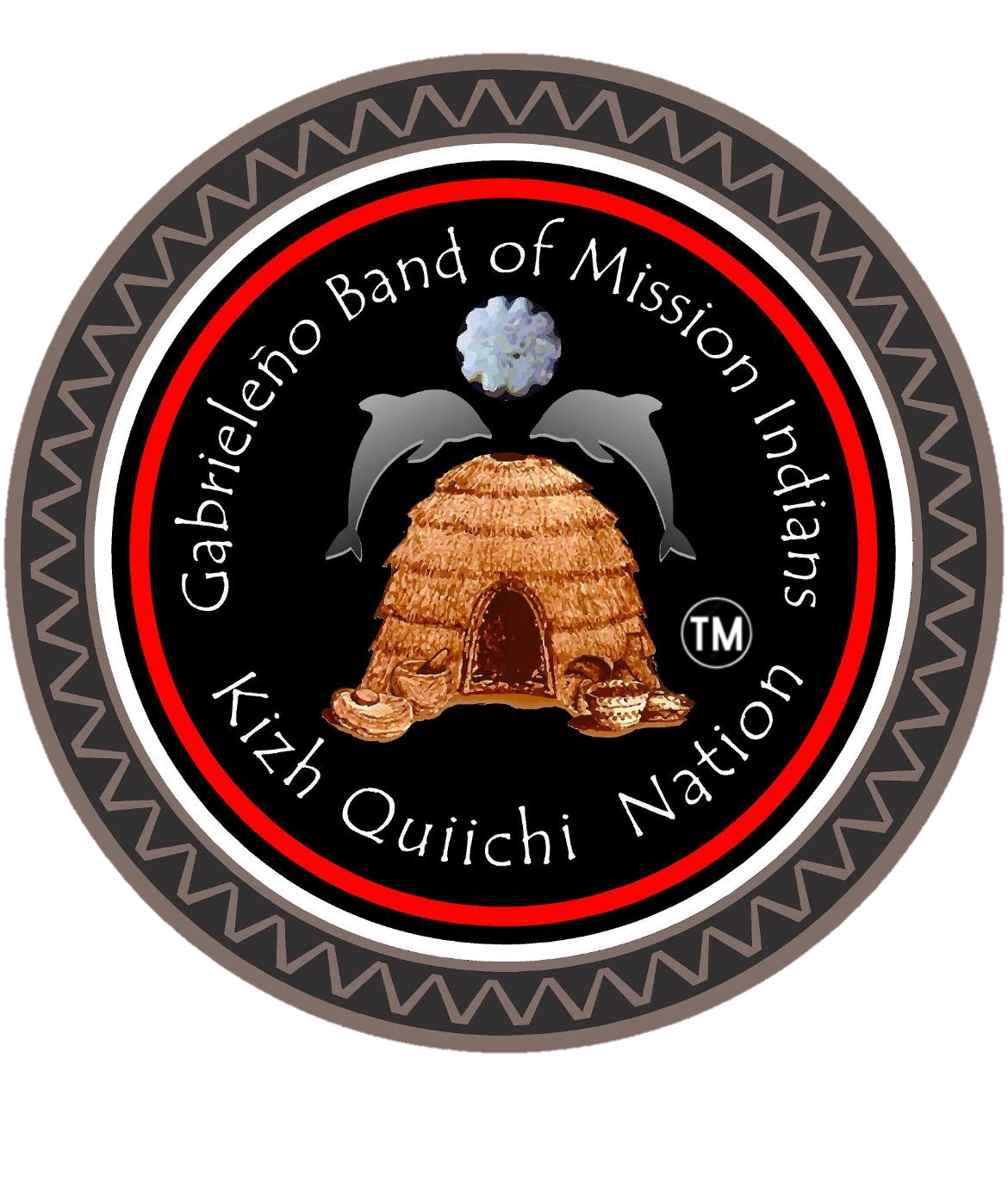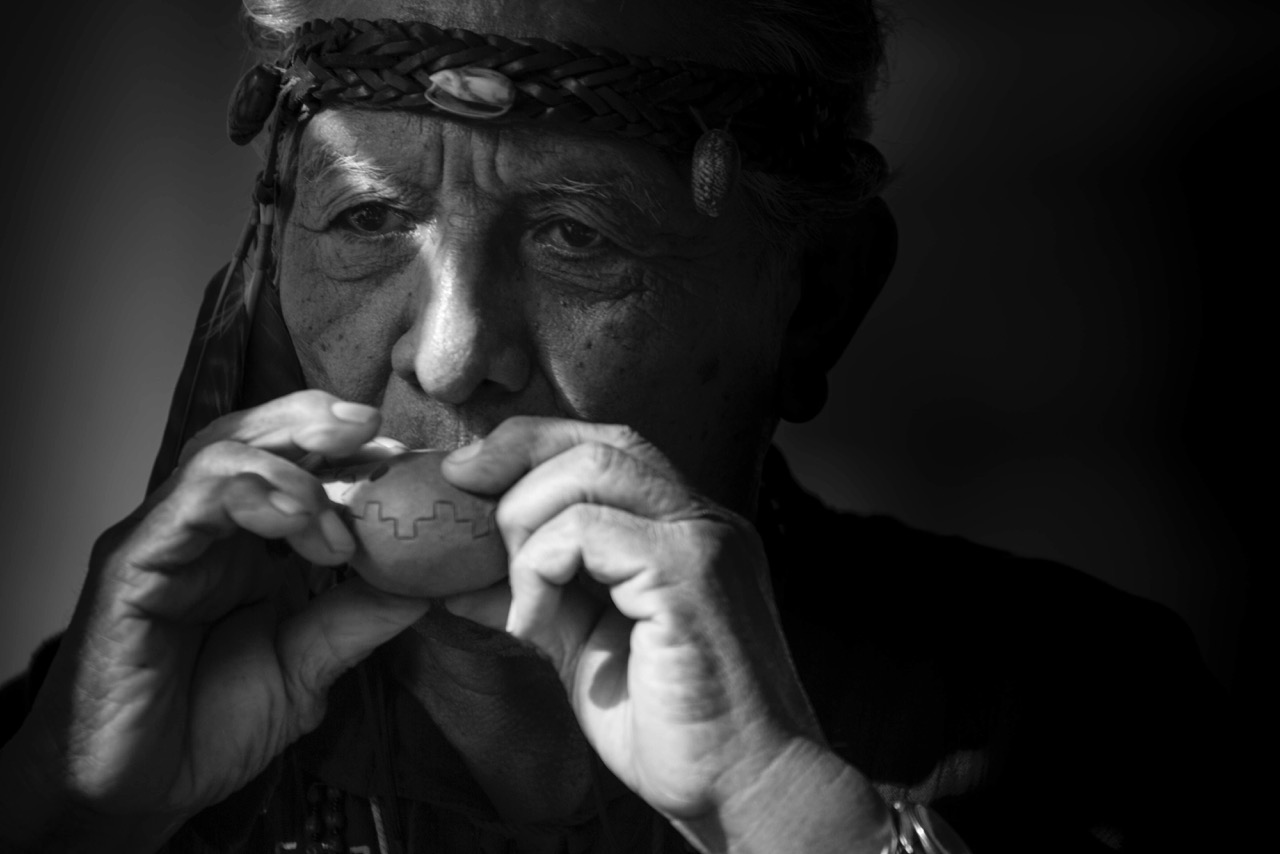KIZH NATION (Pronounced Keech)
Gabrieleño Band Of Mission Indians
Also originally known as the
San Gabriel Band Of Mission Indians
NOTICE OF AUTHORIZED KIZH REPRESENTATIVES:
.
Per Article 2 of the Gabrieleno Band of Mission Indians – Kizh Nation Bylaws, the following is an exclusive list of the individuals who are authorized by the Kizh Tribal Council to represent the rights and interests of the Kizh Nation, engage in consultation on behalf of the Kizh Nation with any public or private entity, official, individual, or governing body, and to otherwise take legal action or legally bind the Kizh Nation by any means, whether verbal or written. This is an exclusive list of authorized representatives. The Kizh Nation disclaims all legal, social, political, or other responsibility and all liability for acts and representations taken or made by any individual allegedly on behalf of the Kizh Nation that is not listed below. This list of Authorized Kizh Representatives is current as of today’s date and is updated annually at the Tribal Council’s December meeting.
Andrew Salas - Chairperson
Nadine Salas - Vice Chairperson
Christina Swindall Martinez - Secretary
Richard Gradias - Chairman of the Council of Elders
Mike Lemos - Council Member
Matthew Teutimez - Tribal Biologist
Effective 1/1/2023
_____________________________
People of the willow house
The history of our people goes back thousands of years. For millennia, we developed a complex and beautiful culture, which included religion, astronomy, rich and varied cuisine, economy, and complex social structures. We developed ingenious ways to live sustainably off the land of Southern California and its natural resources. The name of our tribe, Kizh, comes from the dome-like dwellings we lived in, primarily along rivers. We were one of two California tribes who mastered boat-building, and traveled along the coast of Southern California.
In the 1700s, Spain began to colonize California, and thus began the long journey of suffering for our people. The missions they established were like concentration camps, where our people were forced to live as slaves, and abandon our sacred traditions and culture. Having lost much of our land and sovereignty, we worked on the ranches of prominent Spanish and Mexican landowners. Our people often intermarried with these families, so today we have a mixed ancestry, though we have the documents to prove that we descend from the original inhabitants.
Things did not improve for our people when Mexico won its independence, nor when the United States took control of California. Under American rule in the mid-1800s, our people were denied basic rights and were often killed by vigilante violence. We worked as farmhands on the ranches of Los Nietos, Richardson, Temple, Bixby, and Rowland to name a few, and lived with such famous Los Angeles families as BIA Agent and LA County Supervisor Benjamin D. Wilson and US military war hero George S. Patton.
Many of our children were sent to “Indian Boarding Schools” such as the Sherman Institute in Riverside where we were forbidden to speak our language or practice the traditions of our culture.
Despite centuries of attempts to eradicate our people and culture, our resilience has allowed us to survive. Due to the efforts of my father, Ernest P. Teutimez Salas, the Gabrieleño Tribal Council gained acknowledgement of its nonprofit status and recognition by the state of California in 1994. Chief Salas is the great great great grandchild of Nicolas Jose who was a Native American leader of great power.
Though we have existed and continue to live on the lands of ancestors, we still do not have federal recognition by the United States federal government.
The Gabrieleño were first known by the Spanish as Kichireños “people of the willow houses” they were the people who canoed out to greet Spanish explorer Juan Rodriquez Cabrillo upon his arrival off the shores of Santa Catalina and San Pedro in 1542. Cabrillo declined their invitation to come ashore and visit. Their original name Kizh (pronounced keech) having been lost through assimilation into Spanish culture, they came to be called Gabrieleño because of their forced labor with the San Gabriel Mission . They once inhabited all of Los Angeles County , as well as parts of Riverside, San Bernardino and Orange County.
There are over 100 prominent known sites that are Gabrieleño villages, each having had as many as 500 to 1500 Kizh huts. Hereditary chieftains who wielded almost total authority over the community led the villages. Today academia continues to desecrate our true name, culture and history by promoting the misnomer of Tongva.
Ernest Perez Teutimez
Chief and spiritual leader of the original documented Gabrieleño Band of Mission Indians has proven to be the most recognized and most accurately documented, direct lineal-descendant of former native ancestors of Kizh/Gabrieleño Villages or (rancherias), the villages of Sibangna Siba, Tameobit & Atongai / Tamet, from 1785 of any Gabrieleño Indians in Gabrieleño History. In 1994, the state of California recognized the Gabrielino Tribal Council, "Gabrieleño" - without the use of the term Tongva. The original Gabrieleño tribe of San Gabriel led by Chief & spiritual leader Ernest P. Teutimez Salas, Gabrieleño Tribal Council gained acknowledgement of its nonprofit status by the state of California in 1994 ( incorporator and founder of the 501C3 Ernest P. Salas.) Chief Salas is the great great great grandchild of Nicolas Jose who was a man of great power and had an important part in the rebellion at mission San Gabriel.




